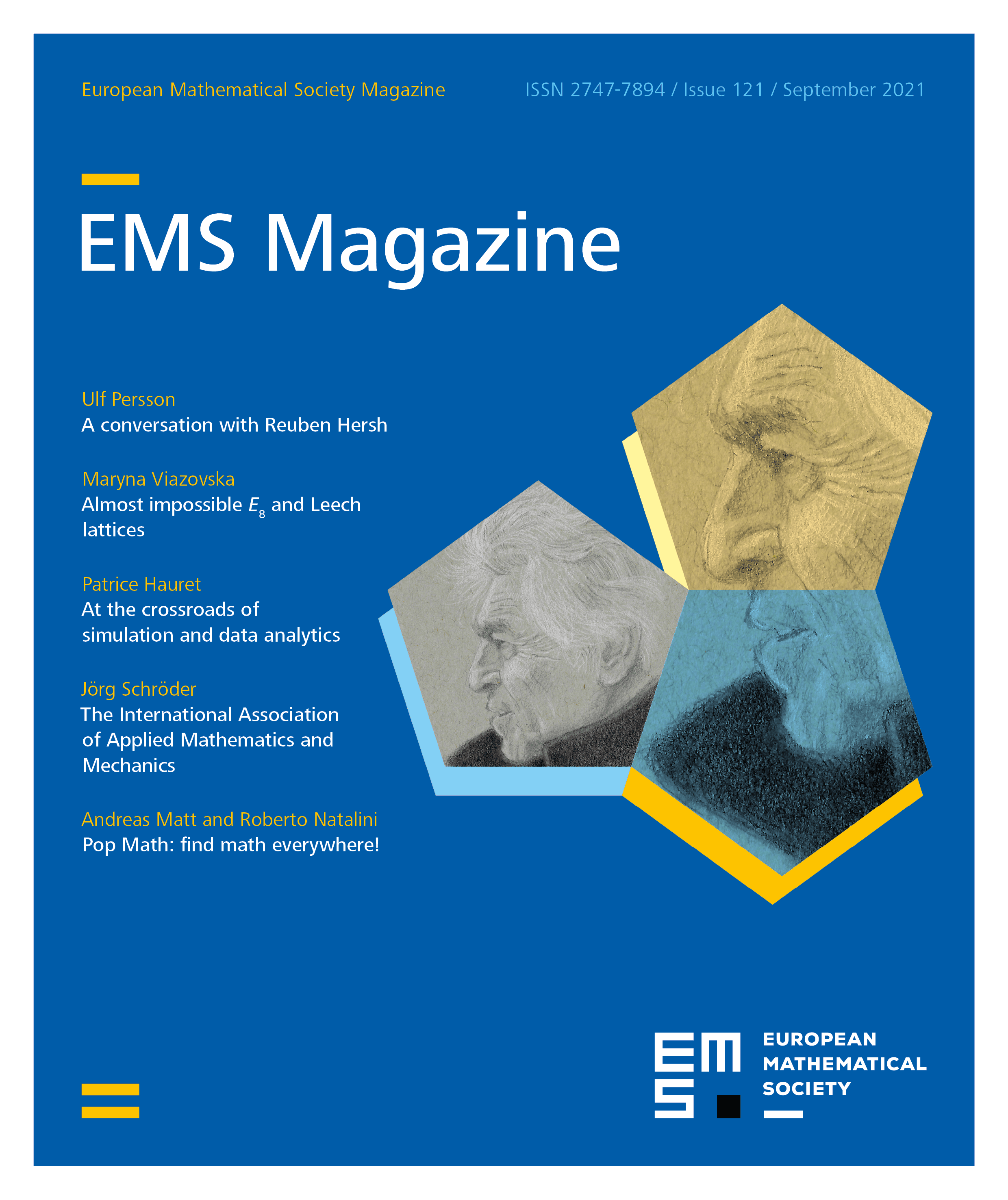Connecting from far and near – a successful hybrid ICME conference
ICME, the International Congress on Mathematical Education, is like the Olympics of worldwide mathematics education conferences, taking place only every four years and gathering more than 3500 participants from all over the world.
All rights reserved.
Due to the pandemic, ICME 14 in 2020 had to be postponed, and even in July 2021 it could only take place in a hybrid mode. Mainly the Chinese colleagues were on site, while the rest of the world was online. The ICMI EC was grateful that at least our brave ICMI president, Frederick Leung, took on himself the burden of a two week quarantine to be able to attend the congress in Shanghai in person.
The hybrid mode allowed 3988 participants from 129 countries to participate in the congress, among them about 1100 participants from China. A program with seven plenary activities, 65 invited lectures, four survey teams and five lectures of ICME awardees offered substantial input on mathematics education research and mathematics education practices. Within the 62 Topic Study Groups, 1817 accepted presentations were provided, which shows the wide and active participation that shapes this conference.
Although the hybrid mode made informal conversations very difficult and forced many people to work during strange night hours, we are grateful for the wonderful organization by the Chinese local organizing committee and the international program committee, which led to a very successful conference.
Additionally, the hybrid mode even had some interesting advantages. More than 1700 participants from underrepresented countries were able to participate with waived fees, and this was a fantastic opportunity to include many more researchers from underrepresented countries than the usual solidarity fund is able to finance!
My personal highlights of the conference were the following five, but this is of course completely subjective:
The fact that country representatives from banned countries could take part in the assembly of ICMI country representations for the first time – even if only creative technical VPN solutions made this important participation possible.
Cédric Villani’s plenary lecture in which he attracted the listeners’ attention and fascination to the nature of mathematical research practices for a full hour without relying on any visualization aids like powerpoint. Cédric Villani is an ideal person for initiating deep and insightful communication between the fields of mathematics research and mathematics education!
Early career researchers from all over the world who worked so hard in our ECRD workshop and asked such substantial questions.
Lingyuan Gu’s plenary lecture in which he presented a 45 year-long research and development project for Mathematics Teaching Reform in Shanghai. It massively helped to understand how China was able to develop so quickly from a third world country into one of the most dynamic STEM-led economies. The ambitious mathematics education reform program played a major role in this, with the sincerity and intensity of collaboration between teachers, teacher educators and mathematics education researchers who connected experimenting and developing curricula and teacher education in an impressive way.
The multiple occasions in plenary panels, TSGs and workshops in which we discussed equity challenges and potentials to strengthen equity via mathematics education. The diverse voices from all over the world made clear that issues of equity have a great many different faces, but they are a highly relevant concern in nearly every country and will continue to challenge us as a scientific community.
Cite this article
Susanne Prediger, ICMI column. Eur. Math. Soc. Mag. 121 (2021), p. 50
DOI 10.4171/MAG/48
